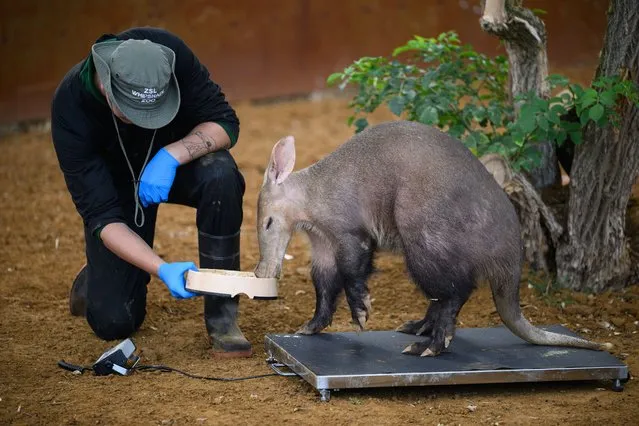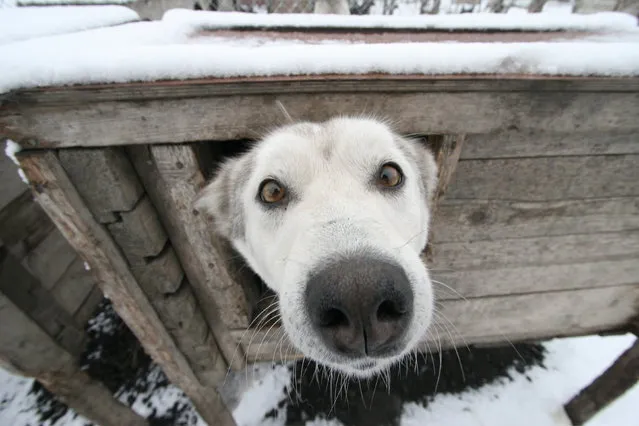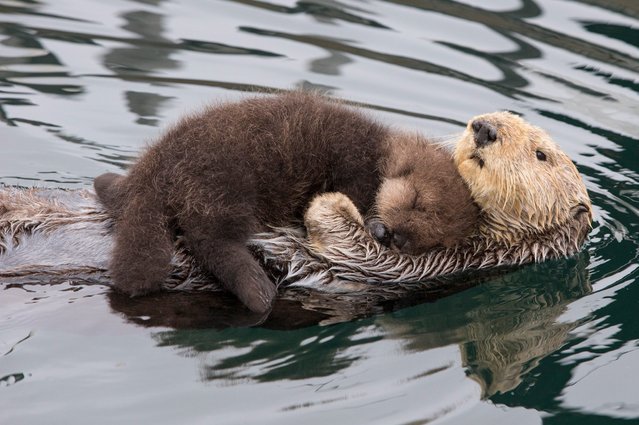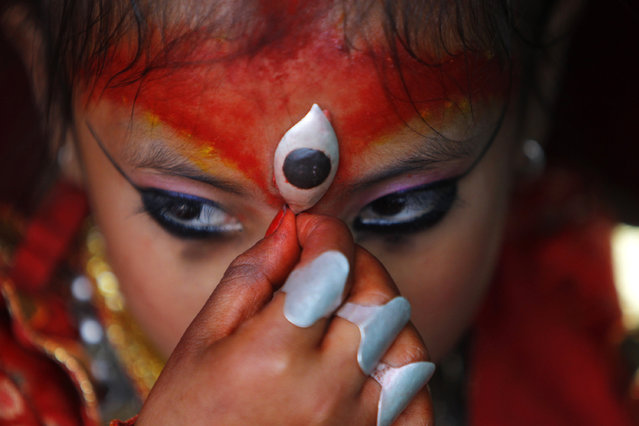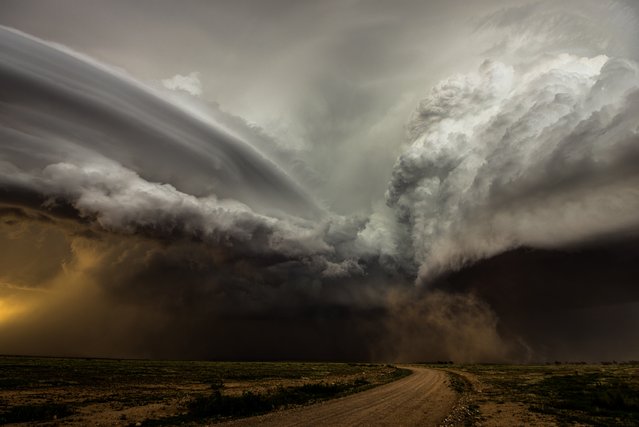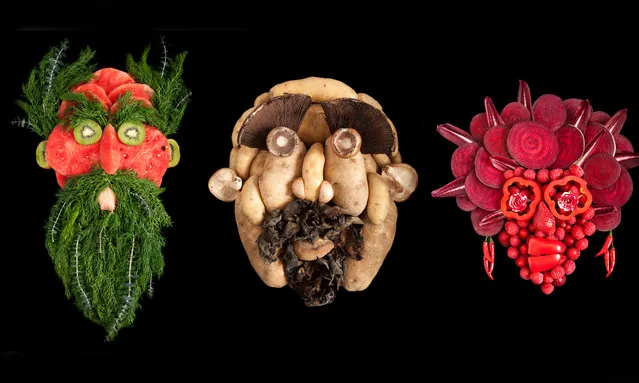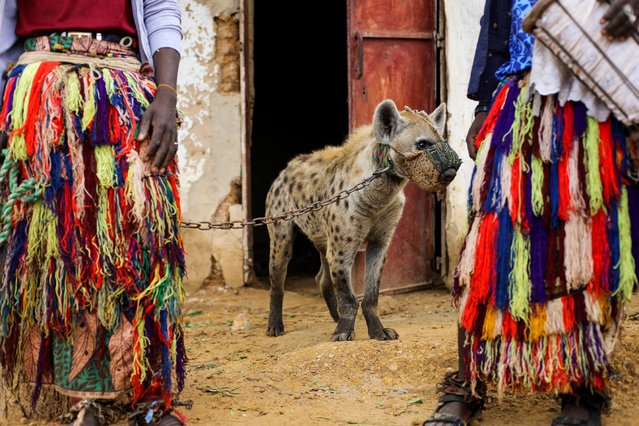
A hyena stands chained to its handler at a circus in Gabasawa, Kano State, Nigeria, July 27, 2021. Hyenas are often viewed as repulsive and sinister, partly due to their scavenging habits in the wild, but in northern Nigeria some men keep the creatures in their homes, display them at festivals and even use their dung to make remedies. (Photo by Afolabi Sotunde/Reuters)
28 Aug 2021 07:54:00,post received
0 comments

